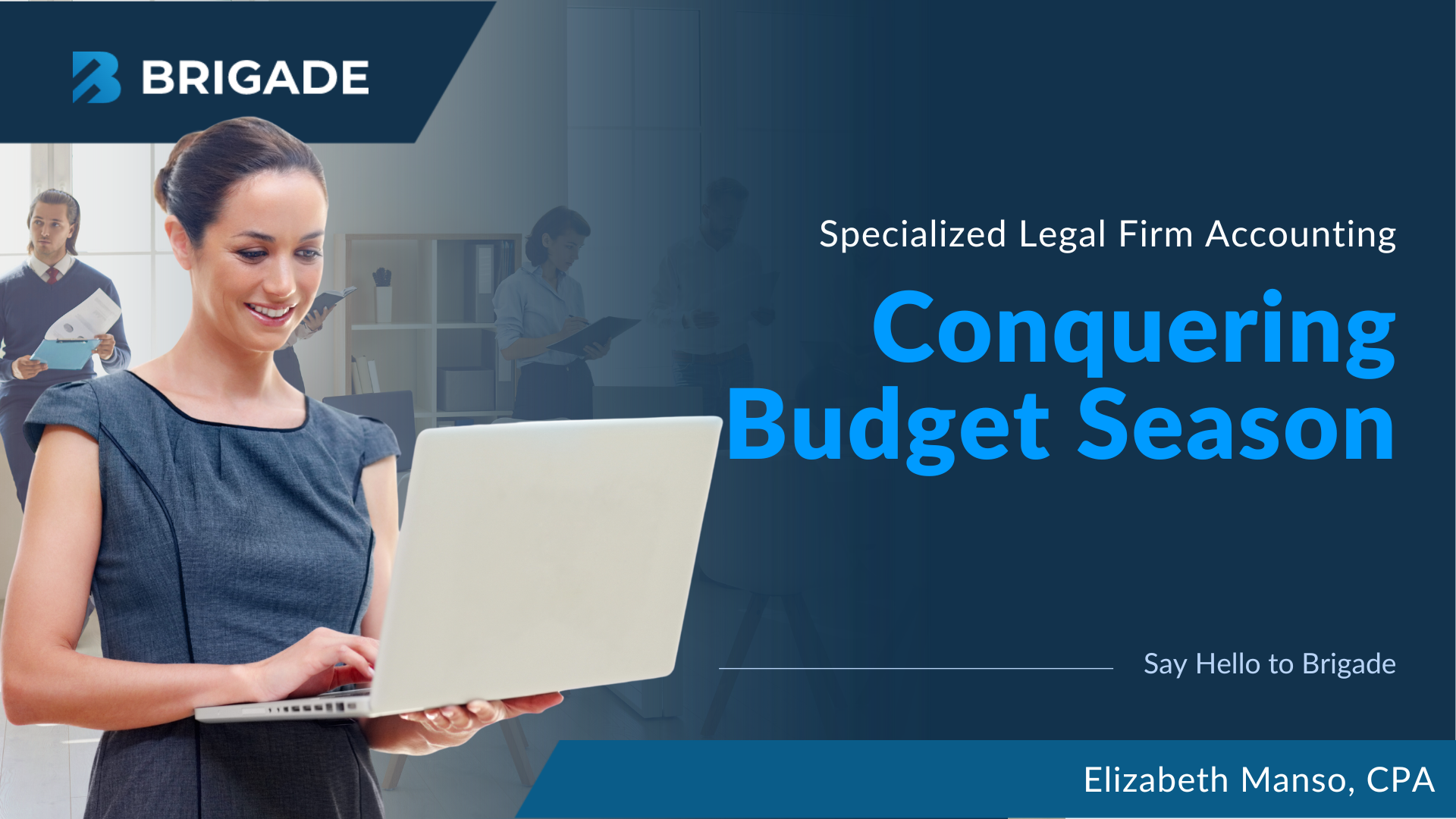
Does your small business gain new customers through Requests for Proposals (RFPs)? Maybe you’re in the running to win new business or exploring more work with an existing client. Unfortunately, RFPs can be frustrating when they take away time from your other responsibilities. Rather than being frequently disappointed or burned out by responding to them, follow this advice.
BEFORE YOU RESPOND
Take a breath. Don’t commit your time or the teams’ resources to craft a response to an RFP until you have considered the situation’s realities.
Don’t get hot if the prospect is lukewarm. “Just send me a proposal” is often the equivalent of saying, “Call me sometime.” It’s a signal that they are not saying no, but not ready to say yes with any speed.
You may be the backup to an already-favored provider. Fair or not, the other bids may a formality. An RFP could be a way to become an approved vendor, but not necessarily for an immediate need.
The prospect may not be a good fit for you. Make sure they aren’t wasting your time. Get answers to questions regarding:
- Budget: Is the client prepared to pay in line with what’s requested?
- Decision-making authority: Does the person reading your proposal have a say?
- True need: What is the client really looking for, and is that your wheelhouse?
RESPOND IN A WINNING FORMAT
Use a format that will impress the prospect. Include:
- Cover Letter: Set expectations up front and entice the prospect to read more.
- Executive Summary: Don’t just summarize the proposal. State what the prospect wants, where they want to go, and what they will need to get there. Include the benefits the prospect will experience with your company’s help.
- Deliverables and Strategy: The heart of your proposal document should have section categories like such as creative, technology, etc. In each section, you should list out the specific deliverables and also indicate what is notincluded (preventing scope creep). Do not put pricing here. When they see literal dollar signs, readers will focus on money rather than absorb the proposal details.
- Project Summary: Separate from #3, an itemized list with prices goes here.
- About Us: Save for the end. The prospect does not want to know about you until they know what you can do for their company.
- Agreement. This makes it easy for the prospect to sign and return.
SET YOURSELF UP FOR MORE WINS
- Review the proposal with the prospect. Schedule a meeting to review the proposal together. Make it clear you need a review meeting as part of your If they do not agree, you do not need to waste your time.
- Build a template for future responses.Do not start from scratch with each RFP. A template saves you time and resources. Consulting pros will tell you that having a winning template ready to use will lead to higher conversions.
Do not let time spent on growing the business take away from the time you need to be with current clients. With experience, you’ll learn which opportunities to ignore, and how to efficiently respond to those worth pursuing. For more questions about proposals and pricing, schedule a consultation with me.
Additional sources

